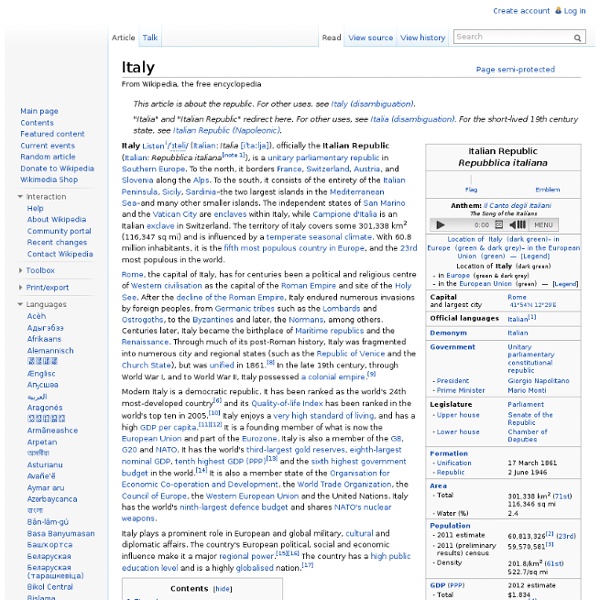



Livingroofs Top Five Underwater Hotels Jules Undersea Lodge Jules’ Undersea Lodge, named after the author of the famed maritime tale 20,000 Leagues Under the Sea, is the world’s first underwater hotel. Originally built in the early 1970s as a groundbreaking research lab off the coast of Puerto Rico, the Lodge has been in business in Key Largo, Florida since relocating there and opening its hatch to the public in 1986. Truly an innovative concept, Jules’ Undersea Lodge claimed status as the world’s only underwater lodging available to the public until recent years when ecotourism has become all the rage. Many celebrities have enjoyed a stay including Steve Tyler of Aerosmith, John Fishman of Phish (of course) and former Canadian Prime Minister, Pierre Trudeau. Visitors to Jules who are not certified divers will go through a 3-hour crash course in scuba diving before shacking up in their room for the night. Utter Inn Underwater hotels are still largely a product of a vivid imagination.
Rome États-Unis Un article de Wikipédia, l'encyclopédie libre. Ne doit pas être confondu avec Amérique. États-Unis d'Amérique United States of America (en) Les États-Unis, en forme longue les États-Unis d'Amérique[5], en anglais United States et United States of America, sont un pays situé en Amérique du Nord. Avant d'être exploré et conquis par les Européens, le territoire américain a d'abord été occupé par les Amérindiens qui ont migré depuis l'Eurasie il y a environ 15 000 ans[7]. En 2015, les États-Unis comptent environ 320 millions d'habitants[3] et constituent le troisième pays le plus peuplé du monde après la Chine et l'Inde[10]. Étymologie[modifier | modifier le code] En 1507, le cartographe lorrain Martin Waldseemüller produisit un planisphère (dit « Planisphère de Waldseemüller ») représentant notamment la région méridionale de l'hémisphère ouest. Histoire[modifier | modifier le code] Période précolombienne (avant 1492)[modifier | modifier le code] Carte des Treize colonies vers 1775 Listes :
Pitch Perfect Movie | Official Site for the Pitch Perfect Film | In Theaters October 5, 2012 Shape United Kingdom The United Kingdom of Great Britain and Northern Ireland,[nb 6] commonly known as the United Kingdom (UK) or Britain /ˈbrɪ.tən/, is a sovereign state located off the north-western coast of continental Europe. The country includes the island of Great Britain (a term sometimes also loosely applied to the whole state), the north-eastern part of the island of Ireland, and many smaller islands. Northern Ireland is the only part of the UK that shares a land border with another state: the Republic of Ireland. The UK's form of government is a constitutional monarchy with a parliamentary system,[9][10] and its capital city is London.[11] The current British monarch—since 6 February 1952—is Queen Elizabeth II. The UK has been a permanent member of the United Nations Security Council since its first session in 1946. Etymology and terminology The term Britain is often used as synonym for the United Kingdom. The adjective British is commonly used to refer to matters relating to the United Kingdom.
Burano